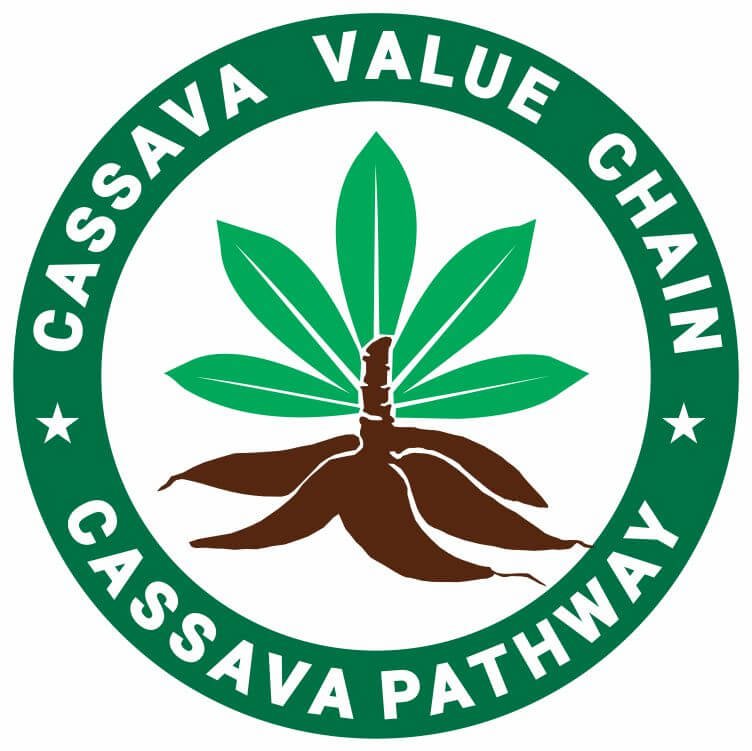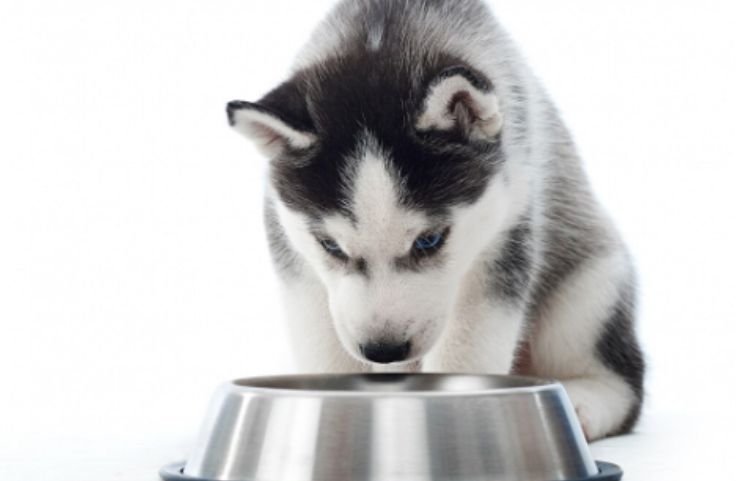Can dogs eat tapioca pudding? This question could save your pup from a stomachache, or worse. Know what’s safe, what’s risky, and how to protect your furry friend’s health.
Can dogs eat tapioca pudding? It’s a question you’ve probably asked while enjoying a bowl and catching your pup watching every spoonful.
You want to share, but should you?
Tapioca pudding seems harmless, but not everything good for you is good for your dog.
Ingredients like milk, sugar, and flavorings can affect dogs in different ways.
Some dogs handle small amounts of dairy just fine, while others deal with stomach upset or worse.
Even if tapioca itself isn’t toxic, the overall recipe might not sit well with your pet.
Before you give in to those pleading eyes, it’s worth taking a closer look at what’s in that pudding and how it might impact your dog’s health.
Table of Contents
- First of All: What is Tapioca Pudding Made Of?
- Is Tapioca Itself Safe for Dogs?
- Why Tapioca Pudding May Not Be Safe for Dogs
- What Happens If a Dog Eats Tapioca Pudding Accidentally?
- Healthier Alternatives for Dogs
- Final Verdict: Can Dogs Eat Tapioca Pudding
First of All: What is Tapioca Pudding Made Of?
Tapioca pudding is made from tapioca pearls, milk, sugar, and often vanilla extract.
The pearls come from the cassava root and give the pudding its chewy texture.
Milk, usually whole, creates the creamy base, though alternatives like almond or coconut milk are sometimes used.
Many dogs are lactose intolerant, so milk can upset their stomachs.
Sugar is added for sweetness, but it is unhealthy for dogs and may lead to obesity, dental problems, or diabetes.
Vanilla extract adds flavor but can contain alcohol or additives that are toxic to pets.
While tapioca itself is generally safe in small amounts, the other ingredients in this dessert raise concerns.
Pet owners should be cautious about offering tapioca pudding to their dogs.
Related: Is Tapioca Pudding Good for You?
Is Tapioca Itself Safe for Dogs?
When cooked properly and served plain, it’s generally safe for dogs in small amounts.
It doesn’t contain gluten, so it’s sometimes chosen for dogs with grain or wheat allergies.
But while it provides energy, it lacks the nutrients dogs need to stay healthy.
Too much tapioca can lead to digestive issues or weight gain, especially in dogs sensitive to starch.
Always avoid giving your dog tapioca that’s been mixed with sugar, milk, or flavorings, as those can cause more harm than good.
If it’s your dog’s first time trying it, watch for any unusual reactions like vomiting or loose stools.
Before adding any new ingredient to your dog’s meals, it’s a good idea to ask your vet for personalized guidance.
Related Posts
Glycemic Index of Tapioca Starch
Instant Tapioca: Everything You Need to Know
What is Resistant Tapioca Starch?
Can You Freeze Mango Tapioca Pudding?
Why Tapioca Pudding May Not Be Safe for Dogs
Tapioca pudding might seem harmless, but if you’re thinking about sharing it with your dog, it’s worth a closer look.
Several ingredients can pose real risks to your pet’s health.
Too Much Sugar:
Most tapioca pudding recipes contain a lot of sugar. For dogs, sugar isn’t just unnecessary; it can be harmful.
Regular sugar intake can lead to weight gain, diabetes, and dental problems.
Over time, these issues can impact your dog’s energy, mobility, and overall quality of life.
Even small servings of sugary foods can throw off your dog’s diet.
You might think a few spoonfuls won’t hurt, but those extra calories add up fast in smaller bodies.
The Dairy Problem:
Tapioca pudding usually contains milk or cream. While that’s fine for you, your dog’s body may not handle dairy well.
Many dogs lack the enzymes needed to break down lactose.
After eating dairy, they may experience gas, bloating, diarrhea, or stomach pain.
If your dog already has a sensitive stomach, dairy can make things worse.
Keeping pudding off the menu can help avoid unnecessary digestive trouble.
Vanilla Extract Risks:
Vanilla extract adds flavor, but it’s not safe for dogs. Most extracts contain alcohol, and even small amounts can be toxic to pets.
Alcohol affects their nervous system and can lead to vomiting, lowered body temperature, or worse.
Dogs don’t process alcohol like humans do. If the pudding wasn’t made from a pet-safe recipe, it’s better not to take the risk.
Eggs and Allergies:
Eggs are a common ingredient in pudding, and while they’re safe for most dogs, not every dog reacts the same way.
Some dogs may be allergic to eggs, which could lead to skin irritation, upset stomach, or breathing trouble.
If you’ve never fed your dog eggs before, pudding is not the best place to start.
Introduce new foods separately so you can monitor reactions properly.
Xylitol Danger:
This is one ingredient that should always be avoided. Xylitol is an artificial sweetener sometimes used in sugar-free puddings.
It’s extremely toxic to dogs and can cause liver damage, low blood sugar, seizures, or even death.
Check the label on any store-bought dessert. If xylitol is listed, do not let your dog have any.
One small taste can have serious consequences.
What Happens If a Dog Eats Tapioca Pudding Accidentally?
If your dog accidentally eats tapioca pudding, the first signs you might notice are mild digestive issues like gas, diarrhea, or stomach discomfort.
Tapioca itself is not toxic, but the sugar and dairy in pudding can upset your dog’s stomach, especially if they are lactose intolerant.
More serious problems arise if the pudding contains harmful ingredients like xylitol or alcohol-based vanilla extract.
Xylitol is extremely toxic to dogs and can lead to seizures, low blood sugar, or liver failure.
Alcohol can also be dangerous, even in small amounts.
If your dog ate pudding with either of these ingredients, contact your vet immediately.
For mild symptoms, keep an eye on your dog for 24 hours. If issues continue or worsen, seek veterinary help.
Always check labels and stay cautious when your dog gets into something sweet.
Healthier Alternatives for Dogs
If you’re thinking about sharing a treat with your dog, it’s smart to choose something that supports their health.
Here are safe, simple options that offer more than just flavor.
Plain Tapioca:
When cooked without sugar, milk, or flavorings, plain tapioca can be a safe addition to your dog’s meal.
It’s low in allergens and gluten-free, making it useful for dogs with food sensitivities.
Just keep the portion small, since too many carbs can lead to weight gain.
You can serve a spoonful mixed into their regular food as an occasional treat.
Always check that the tapioca is fully cooked and free from added ingredients before offering it to your dog.
Pumpkin Puree:
Pumpkin is packed with fiber and supports healthy digestion.
It helps regulate your dog’s bowel movements and is useful for both constipation and diarrhea.
Use plain canned pumpkin with no added sugar, spices, or salt. A spoonful can be mixed into meals or given on its own.
Dogs usually enjoy the taste, and it’s gentle on their stomachs when served in moderation.
Peanut Butter:
Peanut butter is a dog favorite, but you need to read the label. Avoid any brand that contains xylitol, which is toxic to dogs.
Choose natural, unsweetened peanut butter and offer it in small amounts.
It’s rich in protein and healthy fats and can be used to hide pills or fill dog toys.
Just remember, a little goes a long way, especially for smaller dogs or those on weight management plans.
Homemade Tapioca Pudding for Dogs:
Want to make your dog-safe treat? Try mixing cooked plain tapioca with a spoonful of pumpkin puree and a small amount of natural peanut butter.
This simple recipe avoids harmful ingredients and gives your dog a fun, flavorful snack.
Only serve in small portions and make sure all ingredients are fresh and safe.
It’s a good way to treat your dog without relying on store-bought sweets.
Final Verdict: Can Dogs Eat Tapioca Pudding
Tapioca pudding is not a safe choice for dogs due to its common ingredients like sugar and dairy.
While plain tapioca is generally harmless in small amounts, the added sugar can lead to obesity, diabetes, and dental problems.
Dairy may cause stomach upset in dogs that are lactose intolerant, leading to vomiting or diarrhea.
A small accidental lick may not cause harm, but regular feeding is not recommended.
Dogs have different nutritional needs, and desserts made for humans can disrupt their diet and cause long-term health issues.
Instead of sharing pudding, choose treats made with safe, dog-friendly ingredients.
By sticking to foods that support your dog’s health, you’ll help them stay active, comfortable, and happy for the long run.
Keep your dog’s treats simple, safe, and made just for them.

Chimeremeze Emeh is a writer and researcher passionate about Africa’s most transformative root crop—cassava. Through his work at cassavavaluechain.com, he explores the entire cassava industry, from cultivation and processing to its diverse applications in food, health, and industrial use.
He also writes for palmoilpalm.com, where he shares his extensive experience and deep-rooted knowledge of palm oil, covering red palm oil, palm kernel oil, and refined products. His work there reflects his lifelong connection to agriculture and his commitment to promoting sustainable value chains in Africa.
Driven by curiosity and purpose, Chimeremeze aims to shed light on how cassava continues to empower communities, strengthen food systems, and link traditional farming wisdom with modern innovation.

